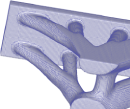Welcome to the Educational webpage of Professor Glaucio H. Paulino. The purpose of this page is to create a greater awareness among researchers about the presented topics: computational mechanics, fracture mechanics and topology optimization. Please view the Educational pages for the following topics:
The Ground-Structure MethodPPR Potential Based Cohesive Zone Model
Graph Coloring
Influence of Layout Constraints in Topology Optimization
Influence of Domain Size for a Fixed Volume Fraction in Topology Optimization
In the links below, learn how the numerical solutions using the plastic formulation in original MATLAB code, GRAND (Zegard and Paulino, 2014), relate to the analytical Michell solutions.
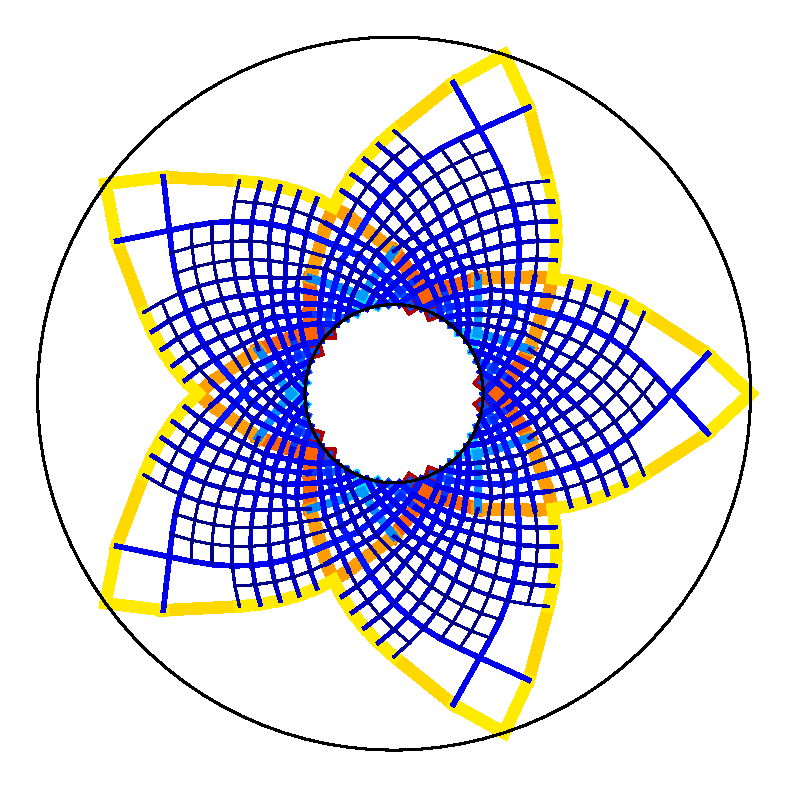
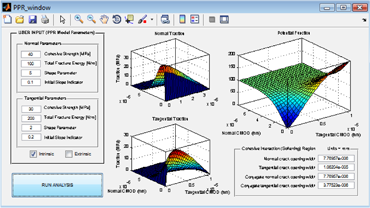
Learn about the features of the PPR model and how it can be applied for various materials and either intrinsic or extrinsic models. The educational page features:
- Interactive demonstration illustrating the PPR potential and its gradients
- A simple Matlab GUI and user manual available for download
- Abaqus user subroutine (UEL)
- List of related publications
The educational page features:
- Challenges associated with the race condition
- Interactive demonstration on the graph coloring algorithm on different meshes
- A simple Matlab code implementing the greedy graph coloring algorithm
- List of related publications

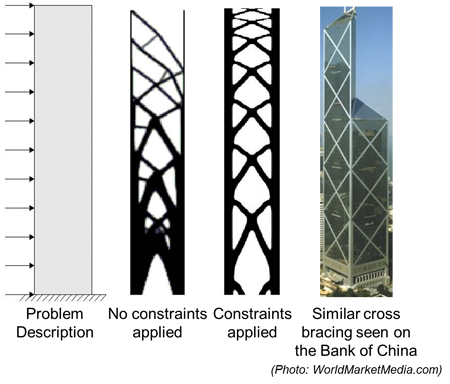
Learn about layout constraints applied to topology optimization on the educational page, which features:
- The importance of manufacturing type constraints in building layout optimization
- Interactive demonstration of layout constraints applied to a high-rise building
- Explanations of various layout constraints including projection, symmetry, pattern repetition and gradation
- List of related publications
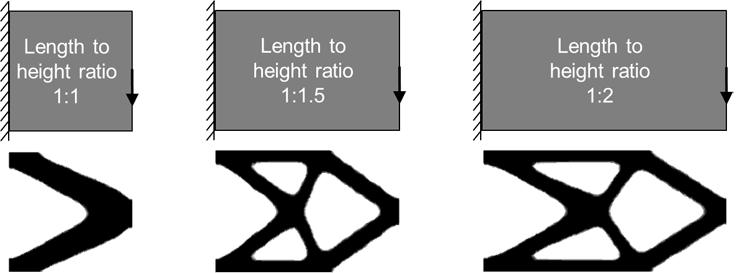
- Interactive demonstration of the influence of domain size of a cantilever beam with a fixed volume fraction and minimum length scale
- Explanations for increased cross bracing with increased length to height ratio

